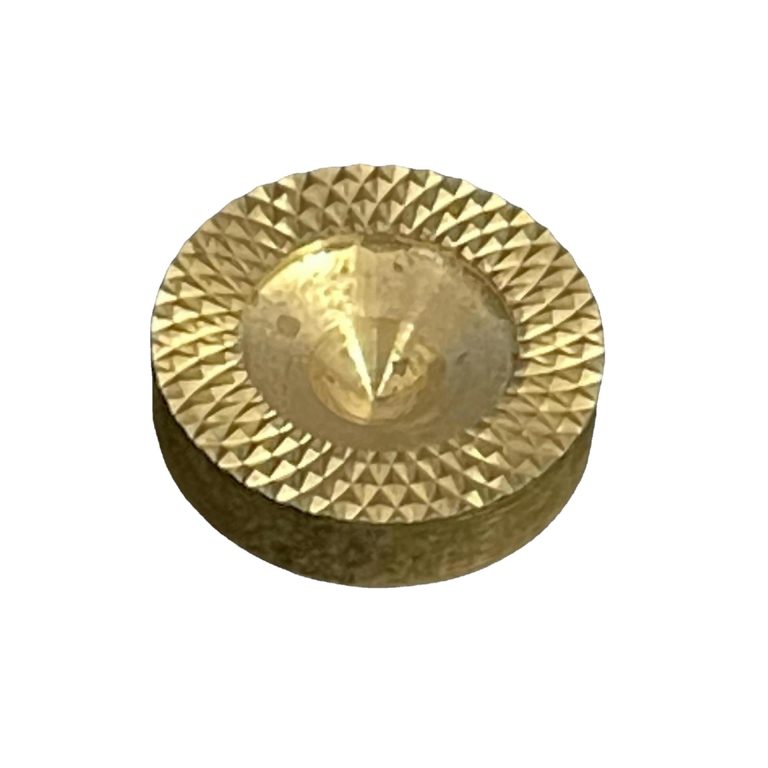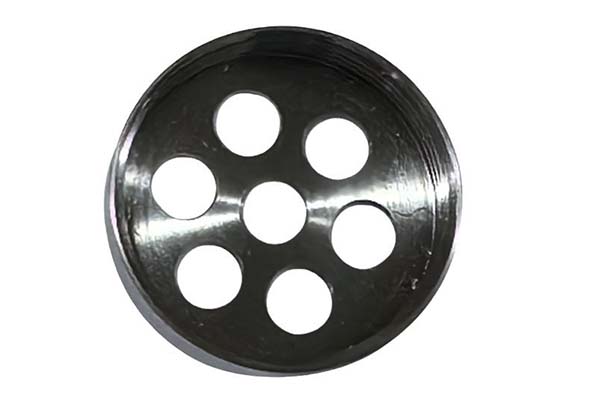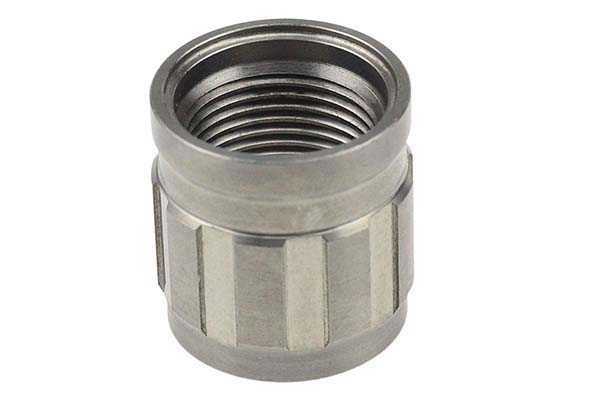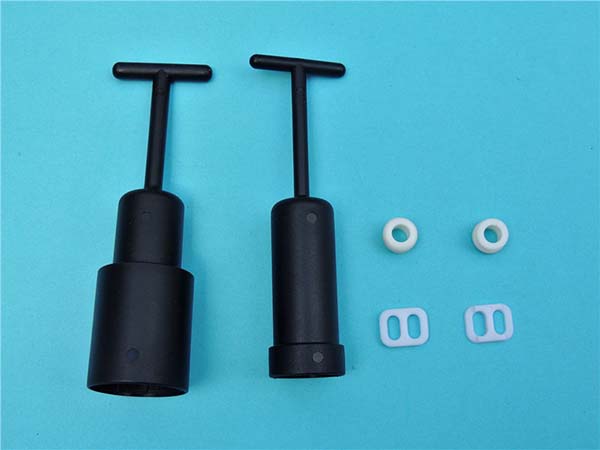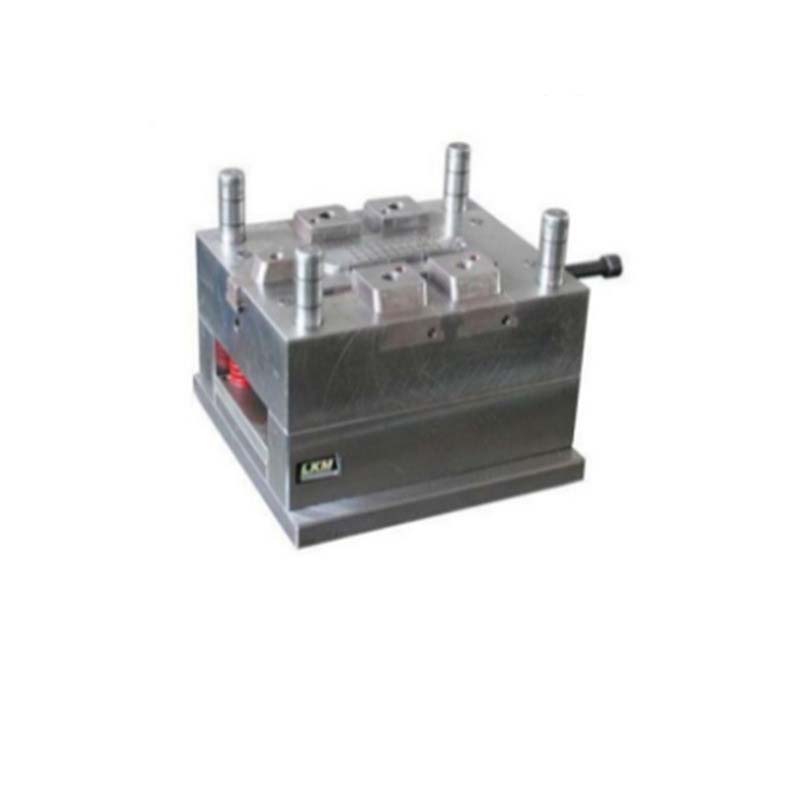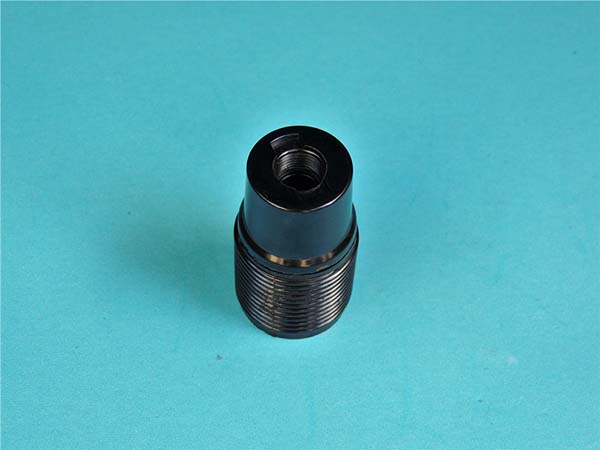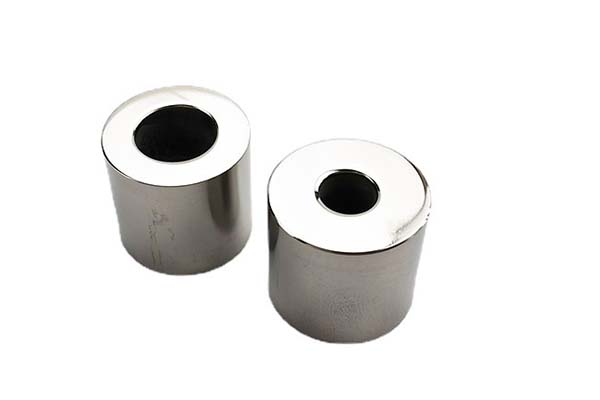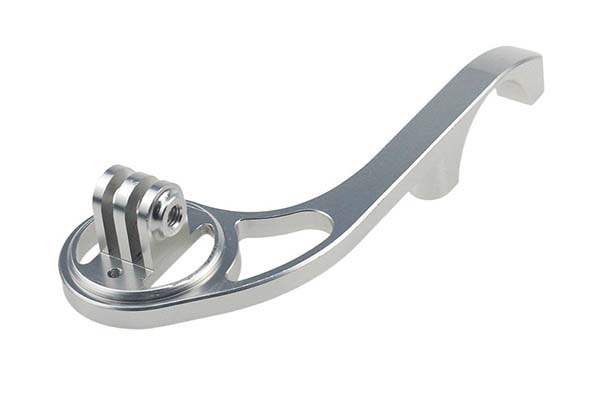What Exactly are Precision Mechanical Components?
Precision mechanical components are parts manufactured to extremely tight tolerances, ensuring high accuracy and reliability in their function. These components are the unsung heroes in a vast array of industries, from aerospace to medical devices, playing a crucial role in enabling the smooth operation of complex machinery and equipment.
Common examples of precision mechanical components include screws, which are used to fasten parts together with a high degree of precision. High - quality screws are made to exact specifications regarding thread pitch, diameter, and length. For instance, in a high - end camera, precision screws are used to hold the delicate lens assembly in place, ensuring that the lens remains perfectly aligned for optimal image quality.
Gears are another fundamental precision component. They come in various types such as spur gears, helical gears, and bevel gears. Gears are designed to transmit power and motion between rotating shafts with great precision. In a car's transmission system, gears are used to change the speed and torque of the engine output. A misaligned or poorly manufactured gear could lead to gear slippage, noisy operation, and ultimately, transmission failure.
Shafts are also vital precision components. These are cylindrical rods that support and rotate with devices for receiving and delivering rotary motion and torque. In a motor, the shaft connects the rotor to the load, and its precision machining is crucial for smooth rotation. Any deviation in the shaft's straightness or diameter can cause vibration, increased wear on bearings, and reduced efficiency.
The applications of precision mechanical components span multiple industries. In the aerospace industry, where safety and performance are of utmost importance, precision components are used in aircraft engines, landing gear systems, and avionics. For example, the turbine blades in a jet engine are precision - manufactured from high - strength alloys. They must withstand extreme temperatures, high rotational speeds, and aerodynamic forces while maintaining tight tolerances to ensure efficient engine operation.
In the medical field, precision mechanical components are used in surgical instruments, diagnostic equipment, and prosthetics. Surgical drills, for instance, require high - precision motors and shafts to ensure accurate and controlled bone drilling during procedures. In diagnostic imaging equipment like MRI machines, precision components are used to create the strong and stable magnetic fields necessary for detailed imaging.
In the automotive industry, precision mechanical components are used in engines, transmissions, and braking systems. High - precision pistons in an engine, for example, are designed to fit perfectly within the engine cylinders. This precise fit ensures efficient combustion, reduced fuel consumption, and lower emissions.
Key Elements of Engineering Excellence
Achieving engineering excellence in precision mechanical components involves several key elements, each playing a crucial role in ensuring the high - quality and reliable performance of these components.
1. Advanced Design and Engineering
Advanced design and engineering are the cornerstones of creating precision mechanical components. CAD (Computer - Aided Design) and CAM (Computer - Aided Manufacturing) software have revolutionized the design process. With CAD software, engineers can create highly detailed 3D models of components. For example, in the design of a precision - engineered gear, CAD allows for the precise definition of tooth profiles, pitch diameters, and gear ratios. This level of detail ensures that the gear will mesh smoothly with other gears in a system, minimizing noise and wear.
Moreover, advanced engineering techniques are used to optimize the structure and performance of components. Finite Element Analysis (FEA), a powerful engineering tool, can simulate how a component will behave under different loads and conditions. By using FEA, engineers can identify potential stress concentrations and weaknesses in a design and make modifications to enhance the component's strength and durability. In the design of an aircraft engine component, FEA can help determine how the part will withstand high temperatures and mechanical stresses during flight, ensuring its reliability in a critical application.
2. High - Quality Materials
The choice of materials is of utmost importance in the production of precision mechanical components. Different materials offer unique properties that can significantly impact the performance of components. Stainless steel, for instance, is a popular choice for many precision applications due to its excellent corrosion resistance. In marine applications, precision components made from stainless steel, such as screws and fasteners used in ship engines, can withstand the harsh salt - water environment without rusting or deteriorating.
Aluminum alloys are another commonly used material, especially when weight reduction is a priority. They have a high strength - to - weight ratio, making them ideal for applications in the aerospace and automotive industries. In an aircraft, many precision components like brackets and housings are made from aluminum alloys. These components not only reduce the overall weight of the aircraft, which improves fuel efficiency, but also maintain the necessary strength and rigidity required for safe operation.
The material's hardness, toughness, and dimensional stability also play critical roles. Hard materials are often used for components that need to resist wear, such as the cutting edges of precision - machining tools. Tough materials, on the other hand, are suitable for components that may be subjected to impact or sudden loads. Dimensional stability ensures that the component maintains its shape and size over time, which is crucial for components with tight tolerances.
3. Precision Manufacturing Processes
Precision manufacturing processes are essential for producing components with the required accuracy. CNC (Computer Numerical Control) machining is one of the most widely used processes. CNC machines can precisely control the movement of cutting tools, allowing for the production of components with extremely tight tolerances, often within a few micrometers. In the production of precision shafts, CNC lathes can turn the shaft to the exact diameter and length specifications, with a high degree of repeatability. This ensures that each shaft produced is identical in dimensions, which is crucial for proper fit and function in a mechanical system.
Electrical Discharge Machining (EDM) is another important precision manufacturing process. EDM uses electrical discharges to erode material from a workpiece, creating highly detailed and precise shapes. This process is particularly useful for manufacturing components with complex geometries that are difficult to produce using traditional machining methods. For example, in the production of injection molds for plastic parts, EDM can create intricate cavities and cores with high precision, allowing for the production of plastic components with fine details.
4. Rigorous Quality Control and Inspection
Rigorous quality control and inspection processes are in place to ensure that precision mechanical components meet the highest standards. Three - coordinate measuring machines (CMMs) are commonly used to measure the dimensions of components with great accuracy. CMMs can precisely measure the length, width, height, and other geometric features of a component, comparing the measured values to the design specifications. If any deviations are detected, the component can be reworked or rejected.
Optical inspection systems, such as microscopes and vision systems, are also used to check for surface defects and quality. These systems can detect even the smallest scratches, cracks, or imperfections on the surface of a component. In the production of precision - ground lenses, optical inspection is crucial to ensure that the lens surface is smooth and free of defects, as any surface irregularities can affect the optical performance of the lens.
In addition to these inspection methods, statistical process control (SPC) techniques are often employed to monitor the manufacturing process. SPC involves collecting and analyzing data from the production process to detect any trends or variations that may indicate a problem. By using SPC, manufacturers can take proactive measures to correct issues before they result in defective components.
5. Skilled and Knowledgeable Workforce
A skilled and knowledgeable workforce is the backbone of engineering excellence in precision mechanical components. Employees need to have a solid foundation in mechanical engineering knowledge. This includes understanding concepts such as mechanics, thermodynamics, and materials science, which are essential for designing, manufacturing, and troubleshooting precision components.
Operators of manufacturing equipment must have excellent technical skills to operate and maintain the high - precision machinery. For example, CNC machine operators need to be proficient in programming the machines, setting up the cutting tools, and monitoring the machining process to ensure high - quality production. They also need to be able to identify and resolve any issues that may arise during machining, such as tool wear or machine malfunctions.
Quality control inspectors need to have a keen eye for detail and a good understanding of inspection techniques and standards. They are responsible for ensuring that every component leaving the production line meets the required quality standards. Additionally, employees at all levels should have a strong quality - consciousness, understanding the importance of producing components with the highest level of precision and reliability.
Yigu Technology's Perspective
As a non - standard plastic metal products custom supplier, Yigu Technology firmly believes that engineering excellence in precision mechanical components is built on several key pillars.
Innovation lies at the heart of our approach. We are constantly exploring new materials and advanced manufacturing processes. For example, we are actively researching the application of new composite materials in precision components to achieve better performance in terms of weight reduction and strength enhancement. This not only helps us stay ahead in the highly competitive market but also enables us to provide more innovative solutions to our customers.
Meeting customized requirements is another crucial aspect. We understand that each customer has unique needs. Whether it's a complex design for a medical device component or a high - performance part for the automotive industry, we work closely with our clients from the initial design concept to the final product delivery. By leveraging our in - depth engineering knowledge and state - of - the - art manufacturing capabilities, we ensure that every component meets or exceeds the customers' expectations.
Quality control is our top priority. From the selection of high - quality raw materials to the implementation of strict inspection procedures at every production stage, we leave no room for error. We use advanced inspection equipment such as high - precision CMMs to guarantee that the dimensions of our components are within the tightest tolerances. This unwavering commitment to quality has earned us the trust of our customers and enabled us to build long - term partnerships.
FAQs
1. What are the common materials used for precision mechanical components?
Common materials for precision mechanical components include stainless steel, which offers excellent corrosion resistance and is suitable for applications in harsh environments, such as marine and medical equipment. Aluminum alloys are popular due to their high strength - to - weight ratio, often used in aerospace and automotive industries to reduce the overall weight of components while maintaining strength. Titanium alloys are known for their high strength, low density, and excellent corrosion resistance, making them ideal for critical applications in aerospace and high - end medical implants. When choosing materials, factors like the component's working environment (temperature, humidity, chemical exposure), required mechanical properties (strength, hardness, toughness), and cost - effectiveness need to be considered.
2. How to ensure the precision of mechanical components during the manufacturing process?
To ensure the precision of mechanical components during manufacturing, several methods can be employed. First, high - precision equipment like CNC machines should be selected. These machines can control the movement of cutting tools with great accuracy, achieving tight tolerances. Second, optimizing the processing technology is crucial. For example, choosing the right cutting parameters such as speed, feed rate, and depth of cut can reduce errors. Third, real - time detection using advanced measuring instruments like CMMs during the manufacturing process allows for immediate identification and correction of any deviations from the design specifications. Additionally, proper training of the manufacturing workforce to ensure they follow strict operating procedures also contributes to maintaining precision.
3. What are the main application fields of precision mechanical components?
Precision mechanical components are used in a wide range of fields. In the aerospace industry, they are used in aircraft engines, landing gear, and navigation systems. For example, turbine blades in jet engines need to be precision - made to withstand high temperatures and rotational speeds, ensuring efficient engine operation. In the automotive industry, they are essential for engines, transmissions, and braking systems. High - precision pistons in engines ensure efficient combustion and reduced emissions. In the medical field, precision components are used in surgical instruments, diagnostic equipment, and prosthetics. Surgical drills with precise motors and shafts enable accurate bone drilling. In the electronics industry, they are used in devices like hard disk drives and semiconductor manufacturing equipment to ensure high - speed and reliable operation.
